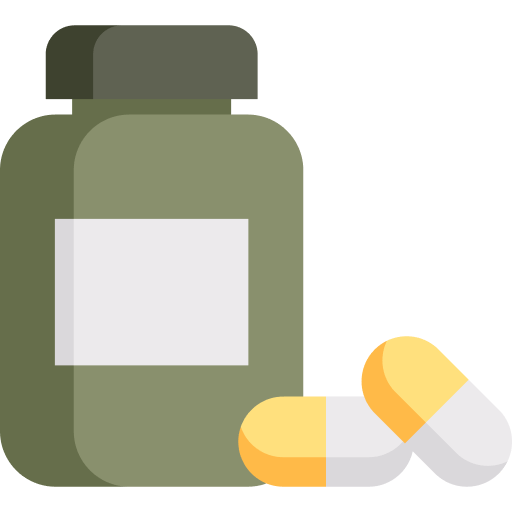Understanding & Addressing
Suicidal Ideation
What is Suicidal Ideation?
Symptoms of Suicidal Ideation

Persistent Thoughts of Death
Frequently thinking about death or dying.

Planning or Researching Methods
Looking up ways to end one’s life or making specific plans.

Hopelessness
Feeling a profound sense of hopelessness or believing that things will never get better.

Isolation
Withdrawing from friends, family, and social activities.

Changes in Behavior
Sudden changes in mood, behavior, or personality, including increased risk-taking or self-destructive actions.

Talking About Suicide
Expressing a desire to die or talking about wanting to end one’s life.

Giving Away Possessions
Disposing of personal belongings or making final arrangements.
Causes of Suicidal Ideation

Mental Health Disorders
Conditions such as depression, bipolar disorder, anxiety disorders, PTSD, and schizophrenia.

Trauma
Experiences of physical, emotional, or sexual abuse, significant loss, or major life changes.

Chronic Pain or Illness
Persistent physical pain or debilitating medical conditions.

Substance Abuse
Alcohol or drug abuse can exacerbate feelings of hopelessness and despair.

Social Isolation
Loneliness and lack of support networks.

Economic Stress
Financial difficulties or job loss.
The Impact of Suicidal Ideation
The impact of suicidal ideation extends beyond the individual, affecting families, friends, and communities. It can lead to:
-
- Emotional Distress: Intense feelings of sadness, guilt, or anger among loved ones.
- Strained Relationships: Tension and conflict within families and social circles.
- Mental Health Struggles: Increased risk of mental health issues for those close to the individual experiencing suicidal ideation.
Treatments for Suicidal Ideation
Crisis Intervention
Immediate intervention is crucial for individuals experiencing suicidal ideation. Our crisis intervention services include:
- Safety Planning: Developing a detailed plan to ensure the individual’s safety during a crisis.
- 24/7 Support: Providing access to emergency support and resources.
- Immediate Assessment: Conducting thorough assessments to determine the level of risk and appropriate interventions.
Cognitive Processing Therapy (CPT)
CPT is a cognitive-behavioral therapy that helps individuals challenge and change unhelpful thoughts related to trauma and depression. It focuses on:
- Identifying Maladaptive Thoughts: Recognizing negative thought patterns that contribute to suicidal ideation.
- Cognitive Restructuring: Reframing these thoughts to promote healthier thinking.
- Behavioral Activation: Encouraging engagement in meaningful activities to improve mood and reduce isolation.
Acceptance and Commitment Therapy (ACT)
ACT helps individuals accept their dissociative experiences while committing to making meaningful changes in their lives. It focuses on:
-
- Mindfulness: Encouraging present-moment awareness to reduce the impact of past trauma on current experiences.
- Values Clarification: Helping clients identify their core values and commit to actions that align with those values.
- Psychological Flexibility: Enhancing the ability to adapt to challenging situations and emotions without being overwhelmed.
Eye Movement Desensitization and Reprocessing (EMDR)
EMDR is a highly effective therapy for processing and resolving traumatic memories that contribute to dissociative symptoms. It helps clients:
-
- Reprocess Traumatic Memories: Through guided eye movements, clients can reprocess traumatic memories, reducing their emotional impact.
- Develop Positive Beliefs: Replace negative beliefs about the trauma with more adaptive, positive beliefs.
- Enhance Coping Skills: Learn new coping strategies to manage stress and emotional distress.
Why Choose Clear River Counseling & Wellness?

Experienced Therapists
Our team of therapists has extensive experience in helping individuals improve their communication skills.

Personalized Approach
Each client receives a customized plan tailored to their specific needs and goals.

Holistic Care
We consider the interconnectedness of mental, emotional, and physical well-being in our treatment plans.

Supportive Environment
We provide a safe, non-judgmental space for clients to practice and enhance their communication skills.
